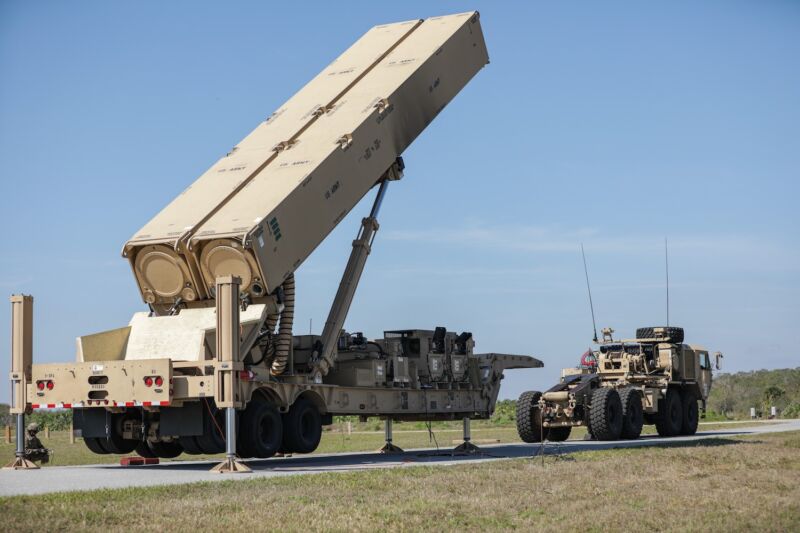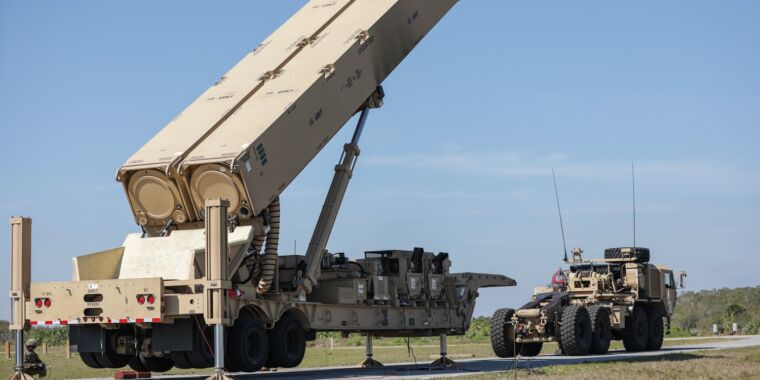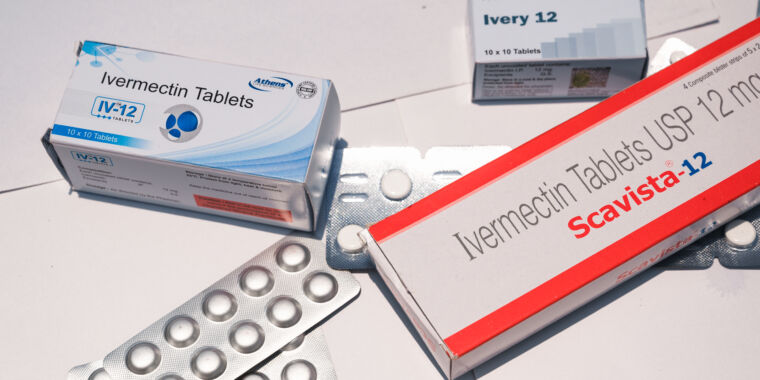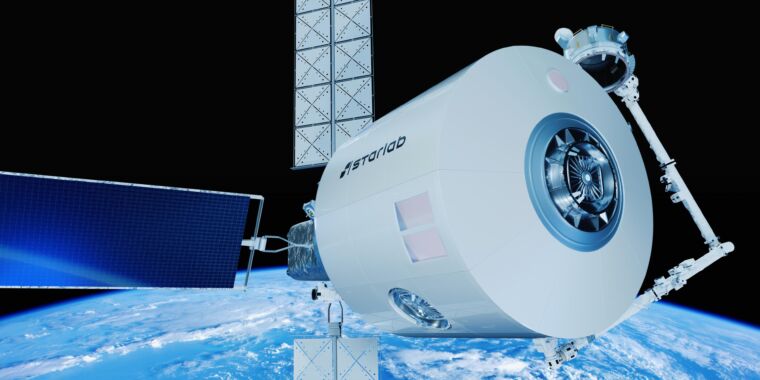
Airspace and maritime navigation warnings released to pilots and mariners suggest the US military might launch a hypersonic missile this week on a test flight from Cape Canaveral, Florida.
This test could be one of the final milestones before the US Army fields the nation’s first ground-based hypersonic weapon, which is more maneuverable and more difficult for an enemy to track and destroy than a conventional ballistic missile. Russia has used hypersonic in combat against Ukraine, and US defense officials have labeled China as the world’s leader in emerging hypersonic missile technology.
That has left the US military playing catch-up, and the Army is on the cusp of having its first ground-based hypersonic missiles ready for active duty. If informed speculation is correct, the test launch from Cape Canaveral Space Force Station this week—performed in partnership between the Army and the Navy—could be a full-scale test of the new solid-fueled hypersonic missile to propel a hypersonic glide vehicle to high speeds over the Atlantic Ocean.
Time and place
The missile’s scheduled launch window and trajectory are indicated by the parameters of the published launch hazard zones. According to experts who closely monitor launch activity, the flight path closely matches the expected trajectory for a planned hypersonic missile test that was previously supposed to launch from Cape Canaveral earlier this year.
The flight path doesn’t align with any planned missions by SpaceX, United Launch Alliance, or NASA. That leaves the US military, which isn’t saying much about the operation.
“We have nothing to announce at this time,” a spokesperson for the Office of the Secretary of Defense told Ars. “Test dates and event details are not announced in advance.”
It appears the missile test could take off from Cape Canaveral as soon as Wednesday between approximately 10 am EDT and 1:30 pm EDT (14:00-17:30 UTC), according to the air and sea navigation warnings. The exact launch window hasn’t been announced.
In March, a similar set of navigation warnings popped up on the National Geospatial-Intelligence Agency and Federal Aviation Administration websites. But there wasn’t a launch, and military officials later acknowledged the warnings were associated with a hypersonic missile test, which was scrubbed due to a technical problem with a battery.
A few weeks later, the Army published a press release outlining “a full rehearsal of expeditionary hypersonic launch capabilities” at Cape Canaveral Space Force Station without mentioning the postponed test flight. A picture of a road-mobile missile battery for the Army’s Long-Range Hypersonic Weapon (LRHW) deployed to Cape Canaveral accompanied the press release.
The LRHW, managed by the Army’s Rapid Capabilities and Critical Technologies Office, is the land-based component of the military’s effort to develop and deploy hypersonic missiles. The Navy will use the same type of system on its vessels to provide a sea-launched hypersonic weapon capability called Conventional Prompt Strike.
The Army and Navy programs will use an identical two-stage missile, which will jettison after depleting its rocket motors, freeing a hypersonic glide vehicle to steer toward a target and strike with little or no warning. The entire rocket and glide vehicle are collectively called an “all up round.”
The military canceled an air-launched hypersonic weapon program earlier his year after it ran into problems during testing.

An “all up round” for the military’s hypersonic missile program includes a two-stage solid-fueled missile and a hypersonic glide vehicle.
It’s been several decades since the military performed land-based missile testing at Cape Canaveral. During the Cold War, the Air Force launched Minuteman missiles from the Florida spaceport on test flights, and the launch range in Florida continues to support offshore tests of submarine-launched Trident missiles.
Now, Cape Canaveral is poised to become a center of hypersonic missile testing.
Vice Admiral Johnny Wolfe, director of the Navy’s strategic systems programs, told a subcommittee of the House Armed Services Committee earlier this year they have coordinated with the Space Force’s range at Cape Canaveral to “provide funding for infrastructure upgrades necessary to establish the first Atlantic hypersonic flight test corridor.”








